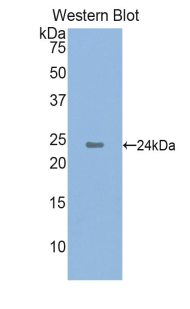Biotin-Linked Polyclonal Antibody to Cathelicidin Antimicrobial Peptide (CAMP) 

CAP18; FALL39; HSD26; LL37; 18 kDa Cationic Antimicrobial Protein; Antibacterial protein FALL-39; FALL-39 peptide antibiotic
Overview
Properties
- Product No.LAC419Hu71
- Organism SpeciesHomo sapiens (Human) Same name, Different species.
- ApplicationsWB; IHC; ICC.If the antibody is used in flow cytometry, please check FCM antibodies.
Research use only - DownloadInstruction Manual
- CategoryInfection immunity
- SourceAntibody labeling
- Ig Type IgG, Potency n/a
- PurificationAntigen-specific affinity chromatography followed by Protein A affinity chromatography
- LabelBiotin
- Original Antibody n/a
- Buffer FormulationPBS, pH7.4, containing 0.02% NaN3, 50% glycerol.
- TraitsLiquid, Concentration 500µg/mL
Sign into your account
Share a new citation as an author
Upload your experimental result
Review

Contact us
Please fill in the blank.
Specifity
The antibody is a rabbit polyclonal antibody raised against CAMP. It has been selected for its ability to recognize CAMP in immunohistochemical staining and western blotting.
Usage
Western blotting: 0.2-2µg/mL;1:250-2500
Immunohistochemistry: 5-20µg/mL;1:25-100
Immunocytochemistry: 5-20µg/mL;1:25-100
Optimal working dilutions must be determined by end user.
Storage
Store at 4°C for frequent use. Stored at -20°C in a manual defrost freezer for two year without detectable loss of activity. Avoid repeated freeze-thaw cycles.
Stability
The thermal stability is described by the loss rate. The loss rate was determined by accelerated thermal degradation test, that is, incubate the protein at 37°C for 48h, and no obvious degradation and precipitation were observed. The loss rate is less than 5% within the expiration date under appropriate storage condition.
Giveaways
Increment services
-
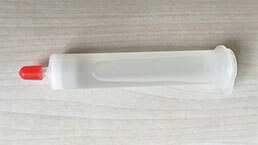 Protein A/G Purification Column
Protein A/G Purification Column
-
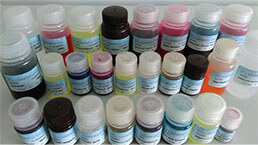 Staining Solution for Cells and Tissue
Staining Solution for Cells and Tissue
-
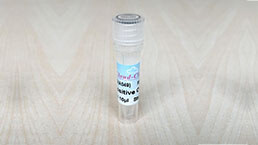 Positive Control for Antibody
Positive Control for Antibody
-
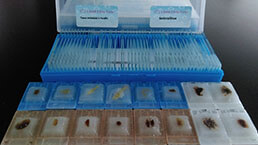 Tissue/Sections Customized Service
Tissue/Sections Customized Service
-
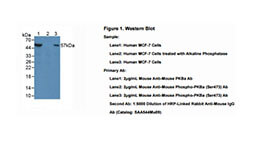 Phosphorylated Antibody Customized Service
Phosphorylated Antibody Customized Service
-
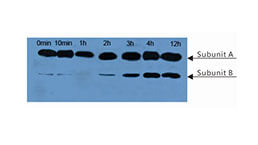 Western Blot (WB) Experiment Service
Western Blot (WB) Experiment Service
-
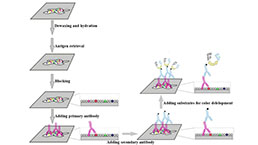 Immunohistochemistry (IHC) Experiment Service
Immunohistochemistry (IHC) Experiment Service
-
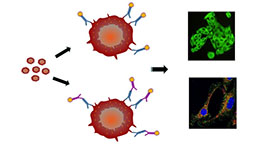 Immunocytochemistry (ICC) Experiment Service
Immunocytochemistry (ICC) Experiment Service
-
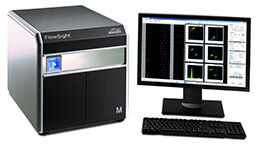 Flow Cytometry (FCM) Experiment Service
Flow Cytometry (FCM) Experiment Service
-
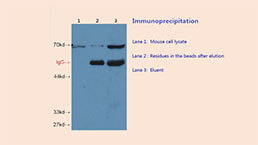 Immunoprecipitation (IP) Experiment Service
Immunoprecipitation (IP) Experiment Service
-
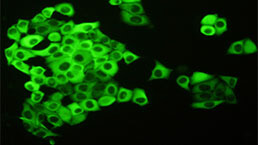 Immunofluorescence (IF) Experiment Service
Immunofluorescence (IF) Experiment Service
-
 Buffer
Buffer
-
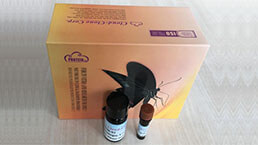 DAB Chromogen Kit
DAB Chromogen Kit
-
 SABC Kit
SABC Kit
-
 Real Time PCR Experimental Service
Real Time PCR Experimental Service
Citations
- The Assessment of Vitamin D, Antimicrobial Peptides and Procalcitonin in BronchiectasisWaikato:Source
- Host immune response to tuberculous meningitisPubmed:25301213
- On birth single dose live attenuated OPV and BCG vaccination induces gut cathelicidin LL37 responses at 6 week of age: A natural experimentPubmed:25444792
- Modulating the Internalization of Bacille Calmette-Guérin by Cathelicidin in Bladder Cancer Cells Pubmed:25681250
- Modulating the Internalization of Bacille Calmette-Guérin by Cathelicidin in Bladder Cancer CellsPubMed: 25681250
- Cathelicidin as a link between sarcoidosis and tuberculosisPubMed: 26422567
- The association of vitamin D, cathelicidin, and vitamin D binding protein with acute asthma attacks in childrenPubMed: 26108071
- Swiftly Decreasing Cerebrospinal Fluid Cathelicidin Concentration Predicts Improved Outcome in Childhood Bacterial Meningitis.Pubmed:27008883
- Light-emitting diodes downregulate cathelicidin, kallikrein and toll-like receptor 2 expressions in keratinocytes and rosacea-like mouse skin.pubmed:27315464
- Reduced Expression of the Extracellular Calcium-Sensing Receptor (CaSR) Is Associated withActivation of the Renin-Angiotensin System (RAS) to Promote Vascular Remodeling in the Pathogenesis of Essential Hypertension.pubmed:27391973
- Ginsenoside Rg5 Inhibits Succinate-Associated Lipolysis in Adipose Tissue and Prevents Muscle Insulin Resistance.pubmed:28261091
- The relation of innate and adaptive immunity with viral-induced acute asthma attacks: Focusing on IP-10 and cathelicidinpubmed:27955890
- Effects of cold exposure on the bone marrow adipose tissueDOI: 10.3969/j.issn.1674-2591.2017.05.008
- Measurements of AMPs in stratum corneum of atopic dermatitis and healthy skin–tape stripping techniquePubmed:29374283
- Antimalarial activity of vitamin D3 (VD3) does not result from VD3-induced antimicrobial agents including nitric oxide or cathelicidinPubmed: 30904694
- Myeloid cell-derived LL-37 promotes lung cancer growth by activating Wnt/β-catenin signalingPubmed: 31149039
- Short-Term versus Long-Term Culture of A549 Cells for Evaluating the Effects of Lipopolysaccharide on Oxidative Stress, Surfactant Proteins and Cathelicidin LL-37Pubmed: 32050475
- Hypovitaminosis D and reduced cathelicidin are strongly correlated during the multidrug therapy against leprosyPubmed: 32645421
- Effect of Lonicerae japonicae Flos Carbonisata-Derived Carbon Dots on Rat Models of Fever and Hypothermia Induced by LipopolysaccharidePubmed: 32606669
- Relações causais entre a expressão dos genes do receptor de Vitamina D e do Peptídeo Antimicrobiano Catelicidina sobre marcadores sorológicos de pessoas com …
- Beneficial impact of cathelicidin on hypersensitivity pneumonitis treatment¡ªIn vivo studies33999928
- Analysis of the level of non-specific and specific immunity parameters in saliva of children with osteogenesis imperfecta and study of relationships between?¡
- Type I interferons link skin-associated dysbiotic commensal bacteria to pathogenic inflammation and angiogenesis in rosacea
- Compartmentalized Innate Immune Response of Human Fetal Membranes against Escherichia coli Choriodecidual InfectionPubmed:35328414
- LL-37 transports immunoreactive cGAMP to activate STING signaling and enhance interferon-mediated host antiviral immunityPubmed:35649354





